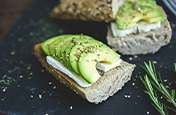20 ideas for still life photographers.
Get some inspiration when taking still life photos. Learn how to develop your still life photography vision and skills indoors and outdoors.
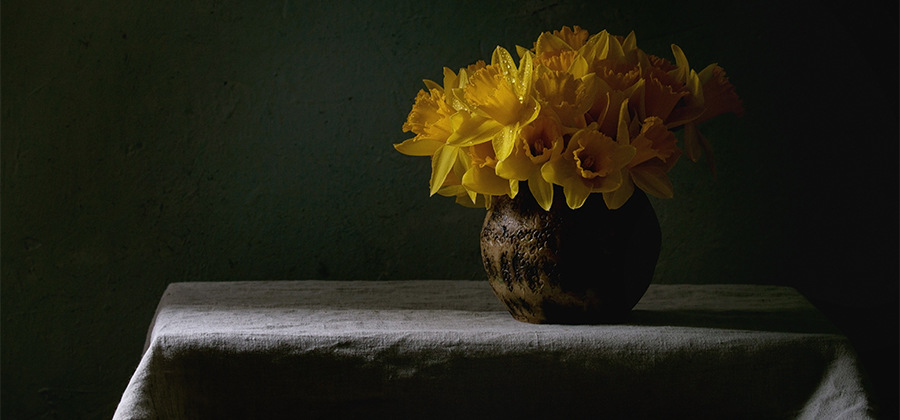
Creating a beautiful image is an impressive feat. But just as painting a bowl of fruit is a good introduction for new painters, shooting everyday places and objects is the ideal training ground for still life photographers. It gives you the opportunity to experiment with light, materials, textures and subjects in a controlled setting. Whatever your creative vision and artistic goals, still life is a great place to start.
What makes the best still life photography?
Still life photography encompasses everything that is an inanimate object in front of a camera. But a successful still life is a little harder to classify. It all comes down to:
- Is your message conveyed?
- Is your composition strong?
- Does it guide the viewer’s eye through the image?
- Does your still life convey a narrative?
By asking these deeper questions you can understand whether a still life photograph is successful.
Ideas for still life photography
Looking for some inspiration for your next composition? We’ve selected 20 still life photography examples - and added some expert comments and tips - to help you realise your artistic vision when capturing still life photographs.

1. Experiment with two-tone backgrounds to achieve a striking contrast between distinct colours. It can help emphasise any objects that are placed in the foreground, making your still life image pop immediately.
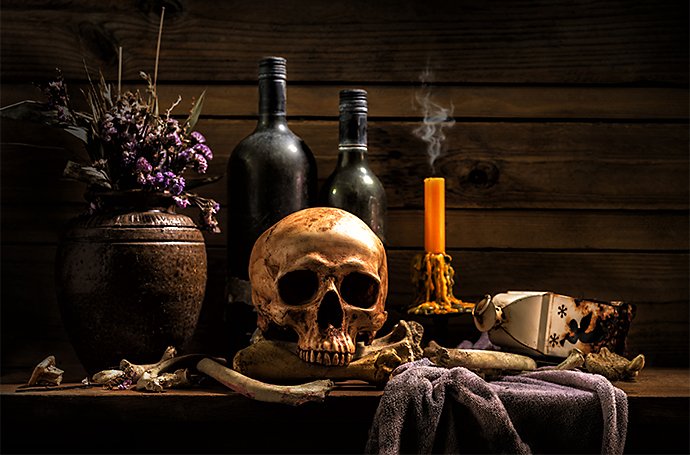
2. According to experienced photographer and teacher Ben Long:
“Still life is a fantastic challenge for your compositional skills. It’s entirely about form and a pleasing arrangement of forms within the frame. The image needs to be well balanced and have an interesting geometric play. Everything you’re doing in the frame is guiding the viewer’s eye.”

3. Steam can be tricky to capture in still life photography. But having the correct lighting and camera setup can help. Simply use two separate light sources to achieve the perfect snap. Place one behind the scene and another to the side to flick the steam blur-free.
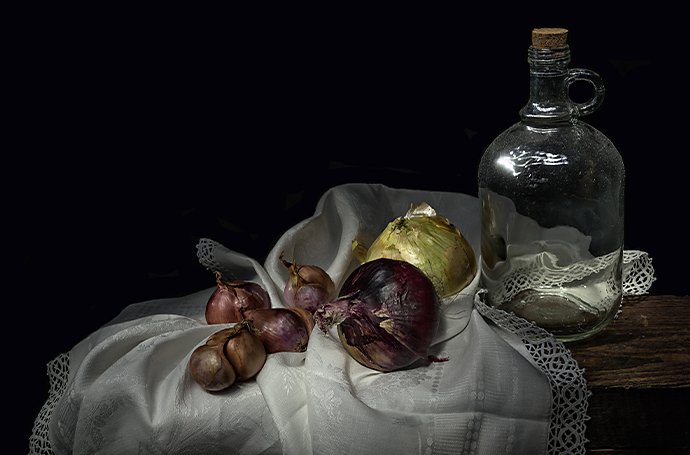
4. Objects photographed against a black background can give the illusion that they are floating in front of the backdrop. Using a single studio light and materials that absorb, rather than reflect light, can produce the perfect “drop out black” style.
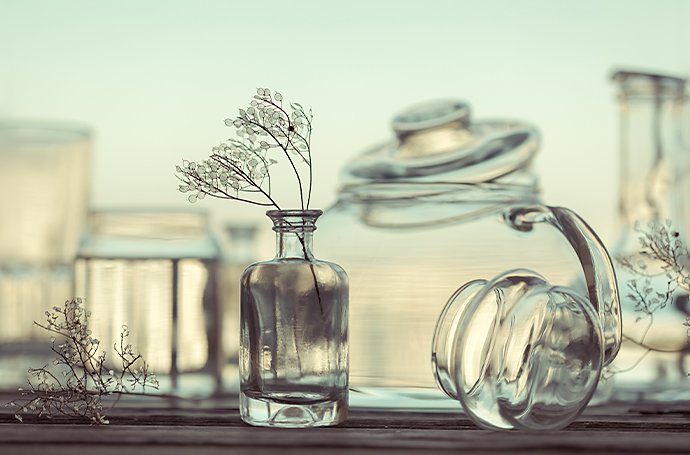
5. If you’re photographing glass, getting the lighting just right is essential, as glass is transparent and partially reflective. Using a backlight can dull these reflections. Alternatively, use two separate light sources to add extra depth – one placed behind and one at the side.

6. If you’re shooting things like products, consider taking an experimental approach. Try lighting them from odd angles, or crop in on the label unexpectedly. It could result in a stunning composition that stands out from standard still life photographs.
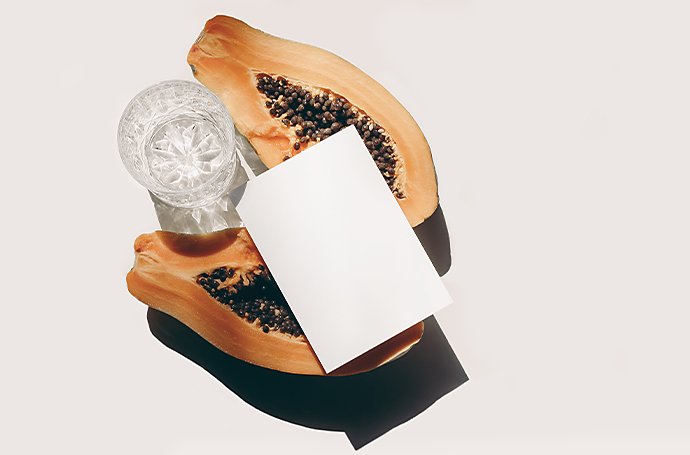
7. For minimalist shots, play with your composition and test different layouts and arrangements of your objects. Tweak and adjust your layout as you go to refine your composition skills and identify what makes a photo pleasing to both your eye and your viewers’.
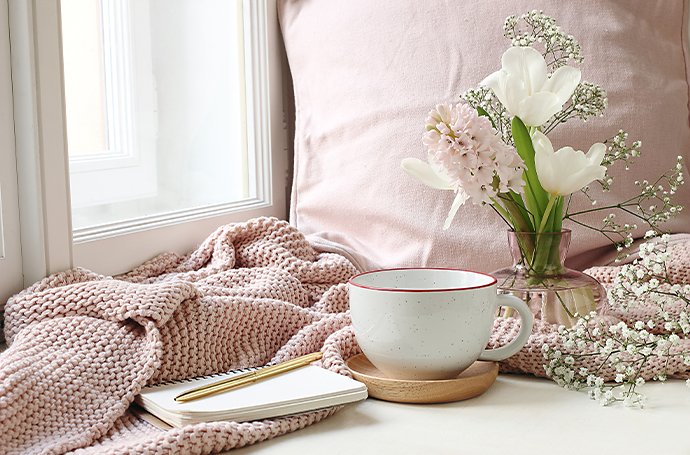
8. Try alternative strategies with your lighting, both in the studio and in natural light. Avoid shooting with traditional overhead lights in your home, as light colours will mix and produce odd and unintentional shadows. Using different light sources can subtly change the mood and atmosphere of an image.

9. Food is a classic subject in still life photography. The usual aim is to bring out the character of the objects depicted. If the purpose of your food photos is to document and sell something, the same rules apply – good lighting, composition and depth of field. These can all heavily impact your outcome.
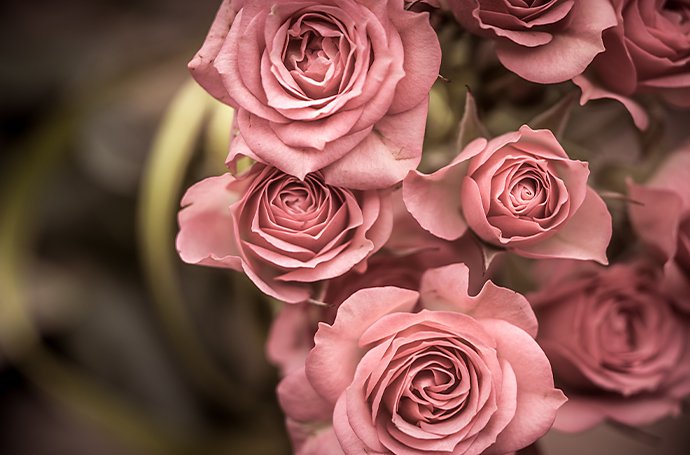
10. Flowers showcase the most attractive aspects of nature when photographed in still life. For photographer Hannah Concannon: “Still life has been mostly about experimentation and trying new things, because you never quite know how certain light is going to reflect off of a marble versus a rose.”
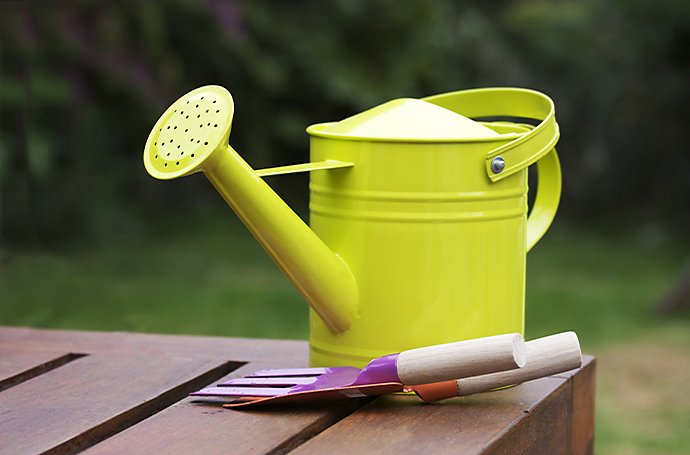
11. The best thing about the still life medium is that everything and anything can be a subject. Even seemingly mundane objects can be transformed into the most thought-provoking of shots when captured in the correct light and at the right angle. Never discounting anything from being a subject can widen your artistic horizons when it comes to snapping still life.”

12. On capturing wildlife for a still life composition, art director and photographer Alex Tan says:
“There’s a lot of really interesting still life that’s just found out in neighbourhoods, or out in the wild…a lot of the time, the things that are most interesting are the things that you don’t see every day.”
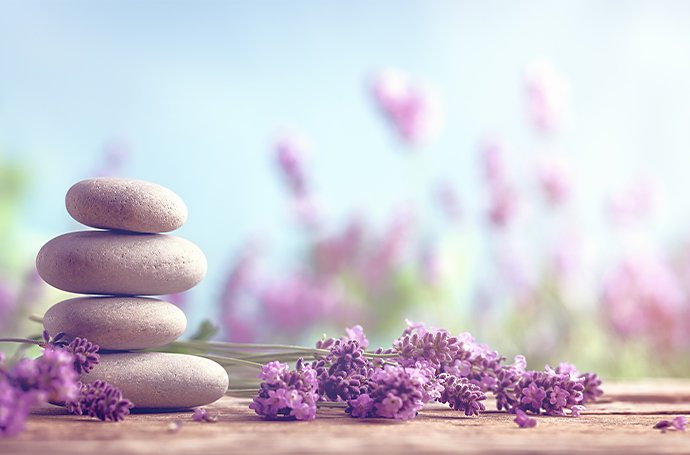
13. Consider composition guidelines like the rule of thirds when composing your still life image. Dividing your image into nine squares, with four intersections, can help you decide the best spot to place any objects in your photograph. It can help you break free from always centring the subject. Try moving it to the left or right of the photo.
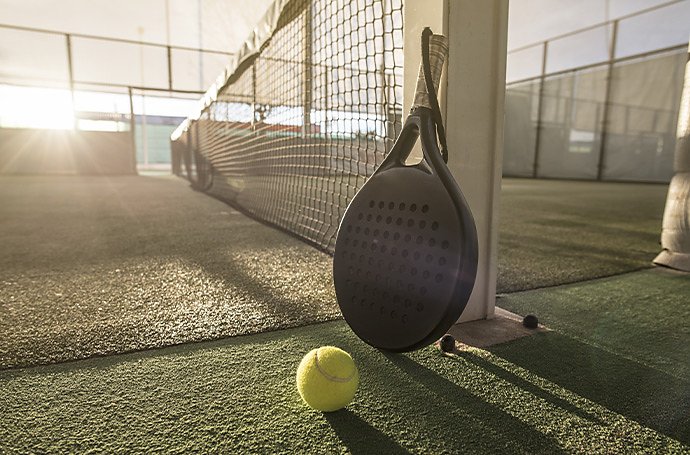
14. Experiment with depth of field. Consider focal length and try using a prime lens or a zoom lens to mix things up. Focusing on one small point rather than having the entire frame in focus can change your composition dramatically.

15. While traditionally a still life is just that – still – you can add elements of motion to your still life photography. Blurring can add an eye-catching element to your photograph and is easily done by moving objects mid-photo. Why not reach your hand into the shot and try repositioning it close by to imitate this effect?
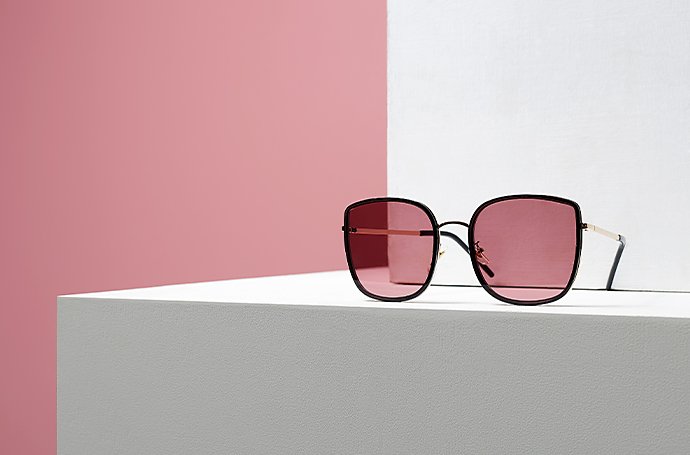
16. Attempting to shoot from different angles can help you see your still life subject in a whole new dimension. Try moving your camera and see how the composition changes. Shoot both with a tripod and with your camera in your hand. You might just find an even better angle of your subject than the one you had in mind.
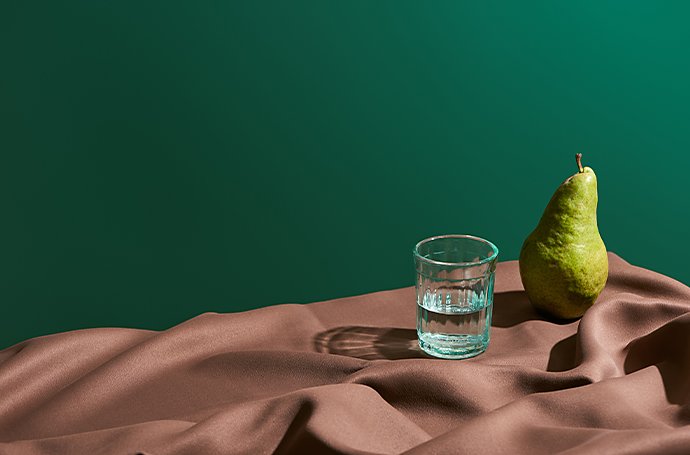
17. Compose your photo with diverse textures and materials. It doesn’t matter whether it’s a handful of random objects from your home or a curated collection of sterling silver candlesticks. Bringing in these different elements can pull together a collage that draws the viewer’s eye towards different directions – resulting in a thought-provoking piece.
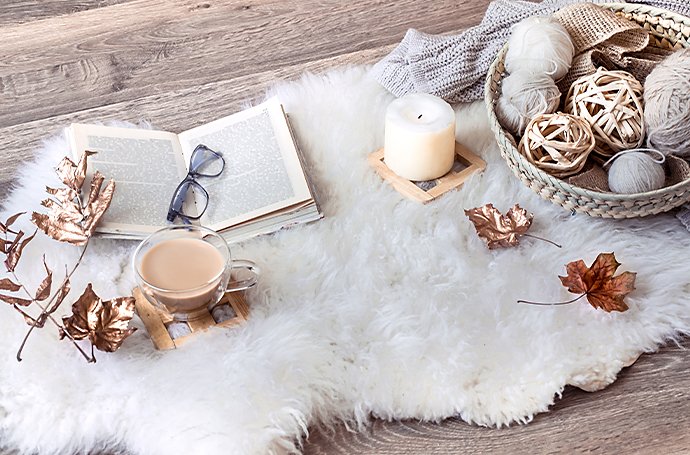
18. Still life photography has historically been done in classic photo studios or fine arts classrooms. But cameras are changing, and so is still life photography. Concannon explains: “In the age of Instagram, everyone is a still life photographer. Now still life is all about developing your own style.”
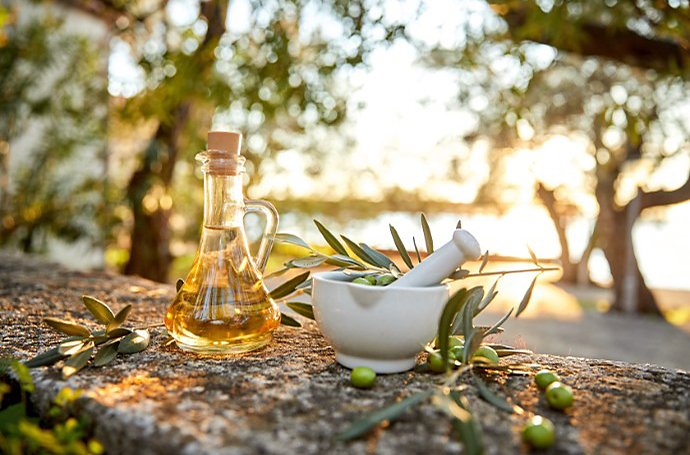
19. Found still life is a new approach that can challenge photographers to use the tools at their disposal to craft a stunning photo. This approach can be impromptu — you never know when you’ll spy the perfect found still life. If you’re lucky enough to have a garden space, head outside to snap whatever you might find out there.
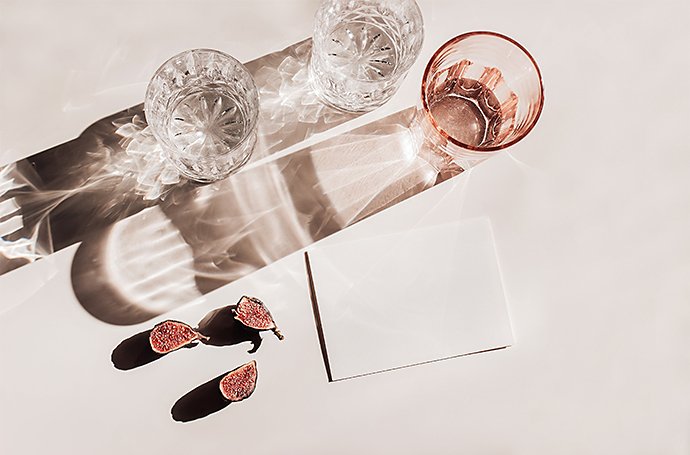
20. Explore how shadows and light reflect off various surfaces and see how it affects your final composition. They can create a two-dimensional scene that doesn’t distract, but rather accentuates the objects from which they stretch. When shooting outdoors, choose a sunny day to use the natural light.
Tips for still life photography from professionals.
Before you dive into the world of still life photography, consider these tips from industry professionals:
1. Don’t waste time. “If you spend an hour or two taking one still life photo and it’s good enough to move on, you should usually listen to yourself in that moment,” Tan says.
“Lots of people could get their shot 80 percent right within that first hour and get something that they’re happy with, but that’s not complete. Then a lot of people will spend the next four hours working on that extra 20 percent just to make it perfect.”
No still life photographer will ever be truly flawless. But through practice and experimentation, you can improve your skills and get better all the time..
2. Fuel your creativity. Long believes you should: “Challenge your compositional skills. If you need inspiration, go back to looking at other work. Go dig through magazines.”
Inspiration is all around us, so don’t forget to use the resources at your disposal to explore new still life ideas. Travelling is another exciting opportunity to explore and experiment with found still life photography.
Focus on the little details you come across in your travels. Gather small items from your trip, like brochures and train tickets, and make them the subjects of your still life photos later.
3. Get the right tools. “One thing that totally changed my still life photography was shooting objects on a velvet background,” Concannon says. “Not crushed velvet, but real black, blue, or red velvet. What that material does is it absorbs light, so you can put your still life subject in direct sunlight, but you won’t see the shadows on the velvet.” Keep experimenting; you might find unexpected tricks that can elevate your still life photography.
4. Find the perfect lighting. Experiment with different lighting, both in the studio and in natural light. Avoid shooting with the traditional overhead lights in your home, as light colours will mix and produce odd and unintentional shadows. Different light sources can subtly change the mood and atmosphere in still life photography.
Still life photography encompasses many styles — whether it’s a classic subject shot in a studio and reminiscent of Renaissance still life paintings, or a grainy image of an abandoned shoe found on the sidewalk. Be intentional with your choices, and still life can be a breeding ground for beautiful photographs and creative ideas. All that’s left is for you to get started.
Contributors
You might also be interested in…
An introduction to shallow depth of field.
Explore how shallow depth of field can add dimension to your photographs.
How to use and break, the rule of thirds.
Improve your photo composition skills to capture more stunning images.
Discover ways to select the ideal focal length for any and every photo.
Explore the world of culinary photography with advice from industry professionals.
Get Photoshop Lightroom.
Edit, organise, store and share photos from anywhere.
7 days free, then £9.98/mo.



